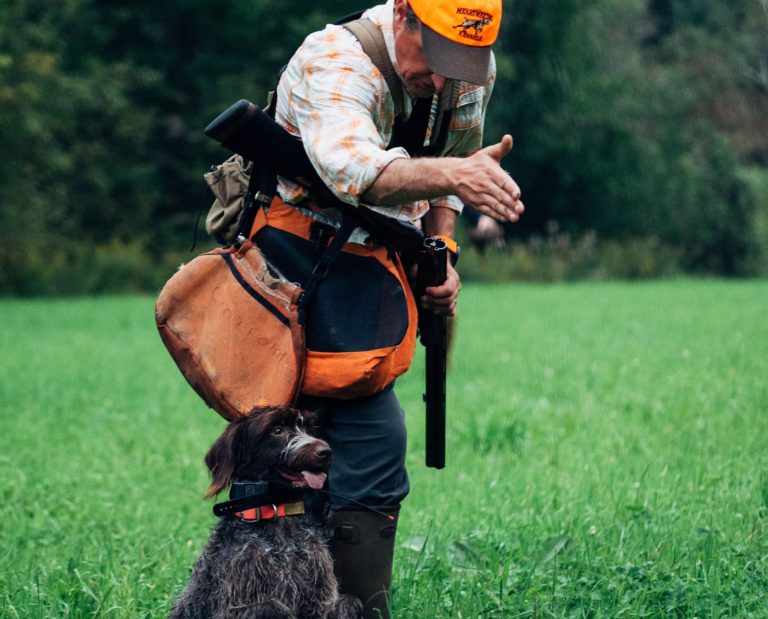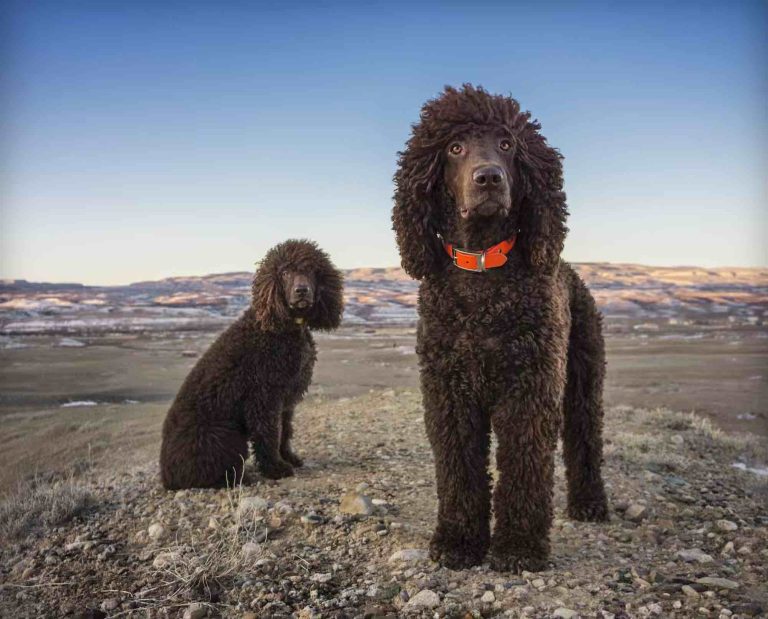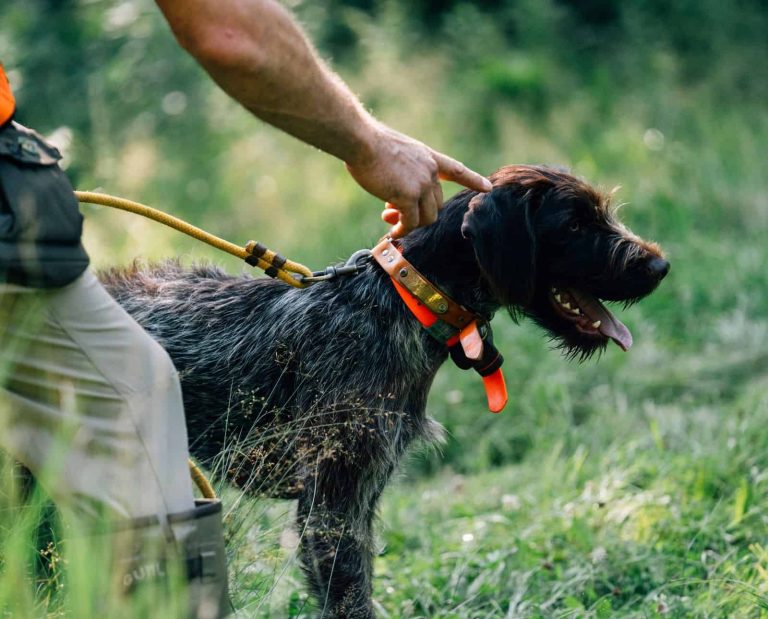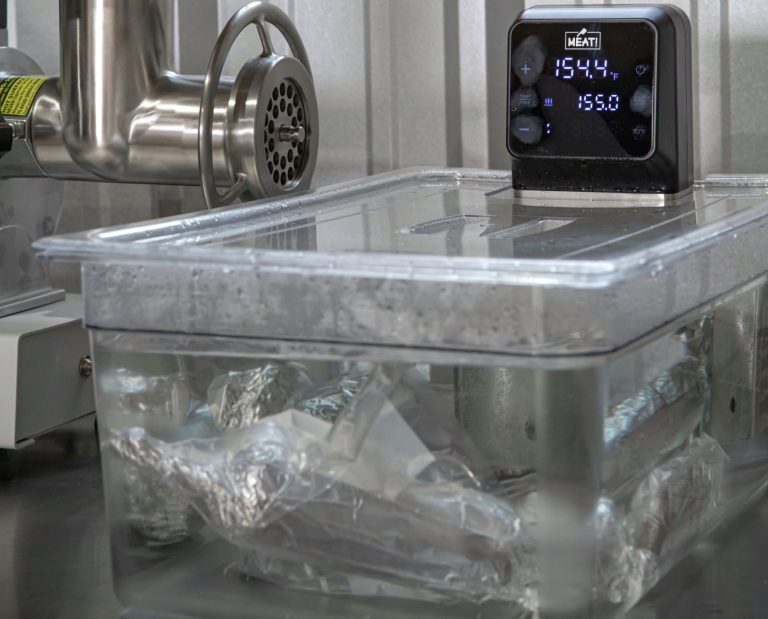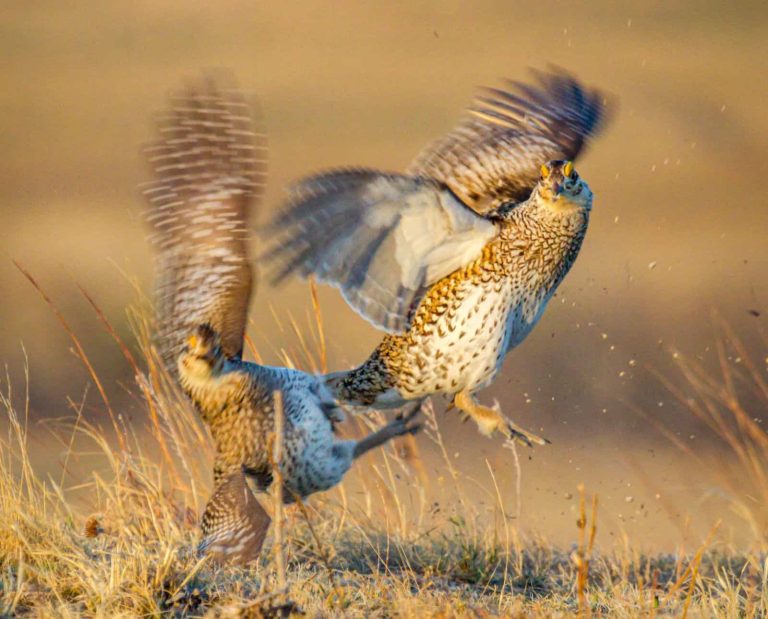Porcupine Quills and Dog Encounters: A First Aid and Avoidance Guide

Exploring the dangers, first aid best practices, and avoidance training of porcupines and dog encounters
My Wirehaired Pointing Griffon worked the cover 50 yards ahead of me, his dog bell sounding gently in the warm, opening day of the ruffed grouse season in New Hampshire. We had hiked a mile and a half to get to a section of early successional growth that we had mapped out months before this moment of enjoyment squeezed between meetings on a busy Thursday schedule.
My peaceful wait for the silence of his bell was shattered by the sudden eruption of yelping. I sprinted forward through the thick grouse habitat to get to him, my first thought being that he may be caught in a trap, and he could hurt his leg trying to get free. To my greater frustration, my path was intercepted, face to face, by a porcupine.
I would love to say this was the first encounter with those needle pigs but I should have added my dog’s nickname is “porcospino.” It may be a curse of “versatile” gun dogs, but in his defense, he is usually steady on porcupines. Despite how prepared I felt myself to be for pulling those quills one by one from my dog’s face and mouth, this day rocked my worldview.
So, what do you do in the event that your dog gets into a porcupine? How do you train (or attempt to train) your dog to handle such encounters? This is an extensive guide to the gear needed, the methods used, and the theories of porcupine-meets-dog mishaps.
Are porcupines dangerous to dogs?
Porcupines are said to hold as many as 30,000 quills and if you have seen one of those 30 pounders you will undoubtedly know how bad things can go for a dog. Although the death of a large hunting dog in the heat of an encounter is essentially unheard of, I have heard horror stories about traveling quills. A quill, left undetected, can work its way into a dog’s heart or other vital organs, bringing death with time. Though this is my worst fear, the stories I have heard are third-hand and therefore unverified.
In some parts of the country (like where I live in New Hampshire) there has been a surge in porcupine populations, credited by some to the decline of their main predators: fisher cats. In the last calendar year alone, I had over three dozen encounters with porcupines with my dog, with almost no incidents. After he chomped on his first one a few years ago, I increased my preparedness.
What gear should you have for treating a dog struck by a porcupine?
After my first encounter, I learned that a multitool (or needle-nose pliers), although mostly effective, did not work on finer quills, which ultimately call for hemostats. These are the first essential piece of gear in a porcupine field first aid kit. Depending on the temperament and relationship with the dog, this one item can solve almost every encounter that does not require medical intervention.
But on that opening day, when I came upon my dog sitting in an awkward position and whimpering intensely, the sight of me barely calmed him. My first thought looking at only a few quills in his face was that he was a big baby, but as I got a hold of him I felt a sharp hit through my leather gloves on his body: both of his front legs were covered in quills.
As I tried to remove them, on multiple occasions he put his mouth on my arm in warning as if to say, “Do it again and I may bite.” So, essential gear piece number two: a muzzle. No matter how well-behaved your dog, a muzzle keeps everyone in a good place.
The third indispensable tool: a quill removal jig that can aid in removing quills from inside a dog’s mouth.
The fourth and final piece of gear, which I now know to be a must for reasons beyond a porcupine encounter, is a dog-carrying harness. On this most unfortunate encounter, I learned the physics of a 150-pound person carrying a 65-pound dog out of the woods are, in fact, not in my favor.
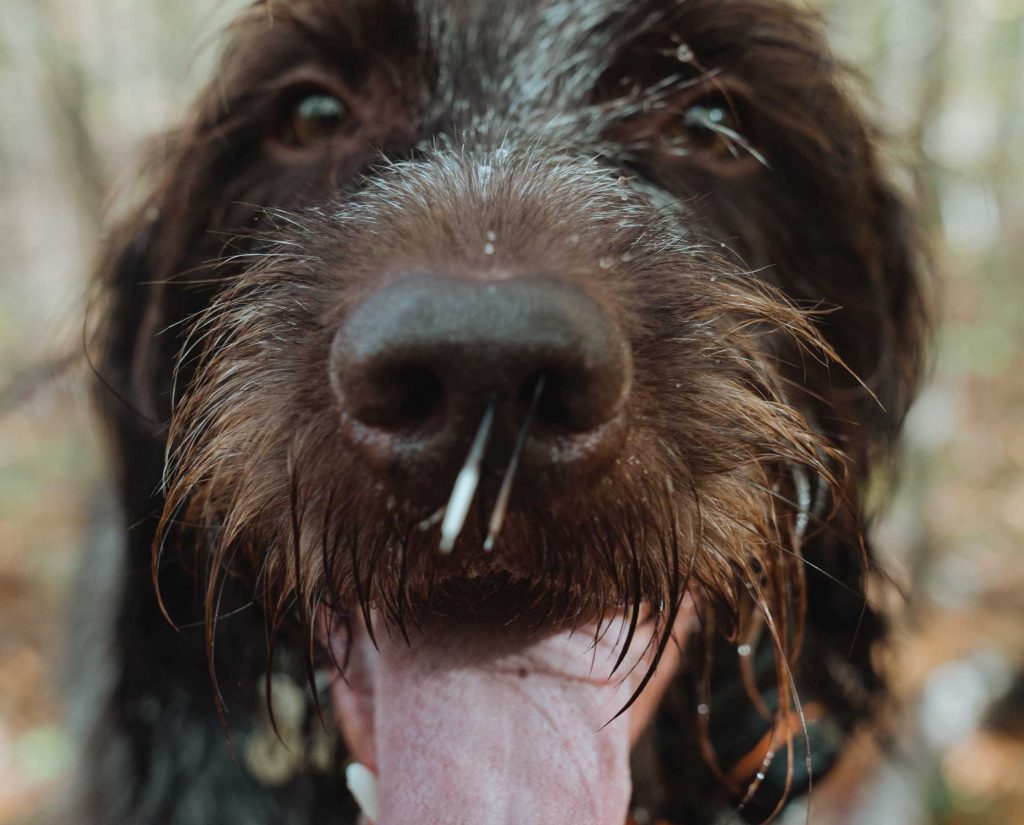
How to remove porcupine quills from a dog
Advice is a dime a dozen on the Internet these days, and I have found myself dispelling myths and learning first-hand the art of quill removal. First, clipping the ends of quills to “deflate” them is nothing more than an old wives’ tale. I have tried it unsuccessfully and now had multiple professionals confirm that it’s not only fiction but potentially creating a worse problem.
For good measure, I reached out to dog trainer and Deutsch Kurzhaar breeder Jason Carter of Merrymeeting Kennels to talk about the trials and tribulations of a German dog owner in New England and porcupines.
“I’ve pulled thousands of quills,” Carter said. “One of my male dogs was always proud to deliver his prize, though never in one piece. We spent hours upon hours pulling quills. I certainly can share some removal advice as I have plenty, unfortunately.
“I like to first place a dowel, stick, or quill removal jig in their mouth to prevent them from clamping down and driving them deeper or breaking them off. Then I hogtie their legs so they cannot fight me as hard. I make sure I have a few good sets of hemostats and a gauze pad to stick pulled quills into. Make sure to pull straight out with a steady pull, not a quick jerk that breaks them. It will get easier as they tire, though be prepared to be dripping in sweat and blood. Work your way to the back of the mouth feeling around, though don’t get bit.
“Once you remove all the external quills, start working for the internal ones laying under the skin. There are two ways to get these out. One: figure out which is the barbed end and try to push it through the skin, pointy side out. Second would be taking a tiny scalpel and cutting them out with a small incision. This will likely need to be done by a vet. Lastly, your dog should go on a round of antibiotics as we are introducing dirt and bacteria to open wounds.
“Be sure to check their feet as well, as the quills can cause serious issues in the joints of the dog’s feet that will impede your season and cause the dog quite a bit of suffering. No matter how well you search, there will always be a few working themselves out over the next couple weeks. Keep checking the area for more.”
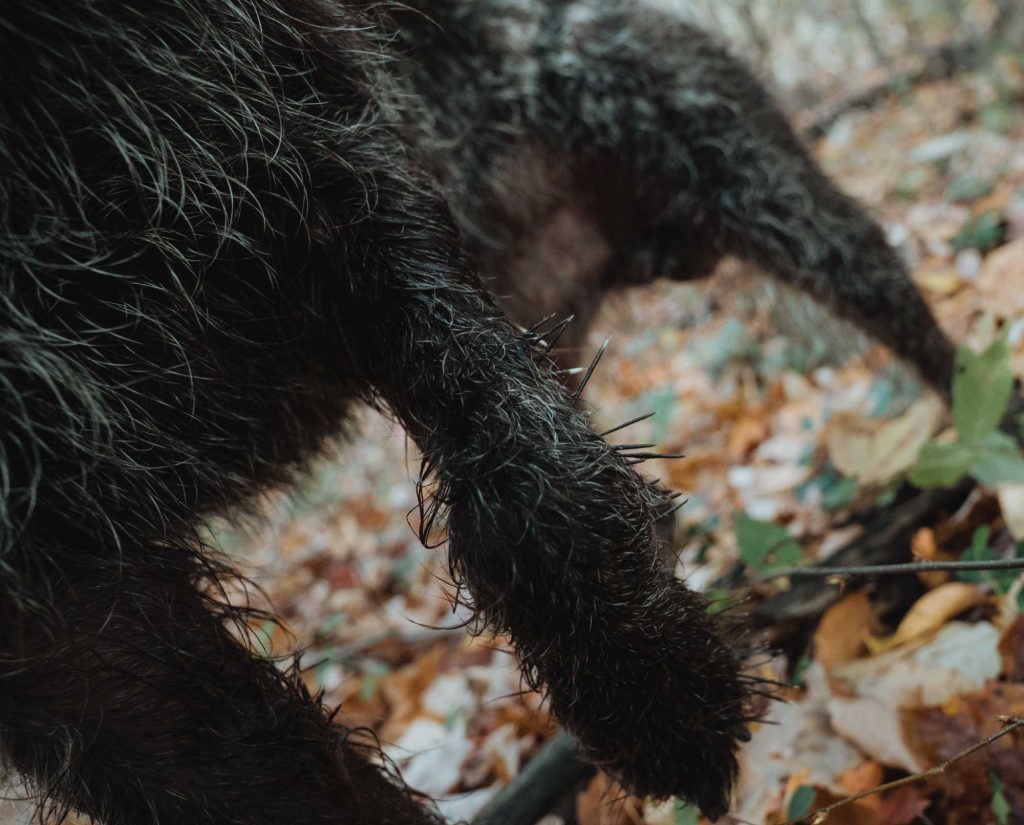
How to know when a dog needs professional medical help from a porcupine encounter
After packing my dog Grim a mile-and-a-half out of the woods, we made our way to the veterinarian. I knew from how deep some of the quills were that they were likely in his ligaments, so I was out of my league. It was obvious he would have to be sedated to have those quills removed surgically.
But do all dogs require medical intervention after encountering a porcupine? I caught up with veterinarian and fellow bird hunter Joe Spoo, DVM, DACVSMR, CCRT, for his professional opinion.
“The dogs that run into a porcupine and end up with just a couple of quills as they left the encounter right away will usually only have a handful of quills that can be easily pulled,” Spoo said. “The dog that attempts to exact revenge and has a face or mouthful of quills, in my opinion, should be sedated and thoroughly examined to have them removed.
“Thankfully, long-term issues are rare with quills. That doesn’t mean, however, to let your guard down completely. The major concerns would be if the quill migrates or breaks off and ends up some place deeper. A traveling quill is going to be one that migrates deeper into the body from where it entered at the surface. While rare, these can end up in places where they can cause an incredible amount of damage. The best way to prevent them is to deal with the quills immediately. This can be especially concerning around the joints of the front leg, around the eyes, and deep in the throat. I’ve had dogs that have a severe encounter have quills that come to the surface days to weeks later. The big things you will want to watch for are signs of infection so swelling, discharge, lack of appetite, etc.”
He also suggest that dogs be put on oral antibiotics because of any issues related to infection from dirty quills as they are, after all, in the rodent family.
After three days of pulling random quills that worked their way to the surface after Grim began recovery from what my vet said was “the worst porcupine encounter” she had ever seen, I made it a mission to be more prepared. I upped my first aid kit in my bird vest to include a muzzle and a dog-carrying harness.
Can I train my dog to not get into porcupines?
“The effectiveness of porcupine training differs from dog to dog depending on its drive,” Carter said. “I’ve had great success and horrific failures in this regard. Some dogs are simply so driven that it wouldn’t be fair to place that amount of pressure on them. For the more grounded or balanced dogs, this is a very effective method. For these dogs, when in close proximity of a porcupine they will often become nervous, some get cagey giving you a heads up that one is in the area. At times they will point them, though that too will be an unsure styled point where you get those half-moon shifty eyes. It’s always best to move on and not investigate the issue as they can switch to capture in a moment. Our curiosity puts them in harm’s way.
“If they do avoid biting the porcupine though remain in the area, I am never pleasant nor encouraging. Ideally, I should never know they found one. If I come upon my dog pointing a porcupine, I know for a fact they are noodling out how to fulfill their urge to capture it. I will show them my displeasure that they are even entertaining the idea and move them on while being ever vigilant to intercept the backcast. A good rule of thumb is to hunt outside of ‘porcupine time’ or twilight. It will save you a ton of blood, sweat, and tears. The tears mostly coming from the vet bill you receive.”
Prey drive in a versatile hunting dog can be a hard thing to teach out, and, as I have spoken to people over the years on the topic, I have heard mixed opinions on avoidance training, shooting of porcupines with a dog in tow, and just plain best practice. I have seen classic avoidance training with an e-collar fail repeatedly on multiple dogs, and I have seen dogs point porcupines with a steady grace of a Ripley painting. What I do know is there is no winner in dog and porcupine encounters on either end. All we can do is be prepared and hope for the best.



